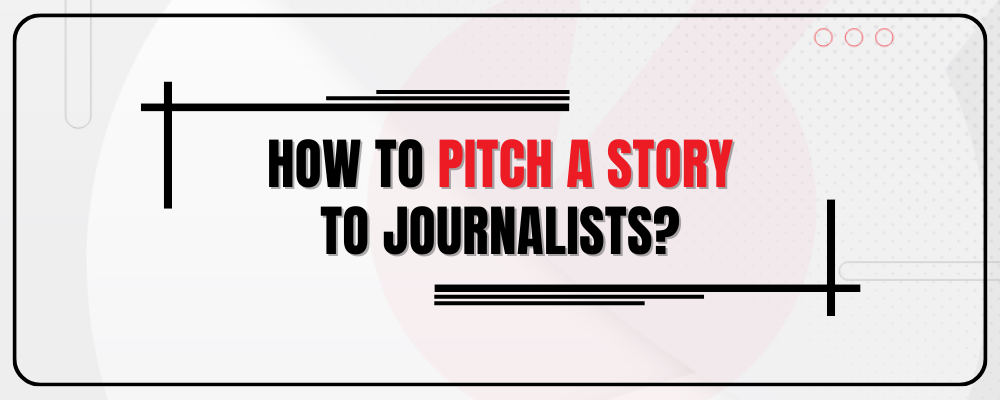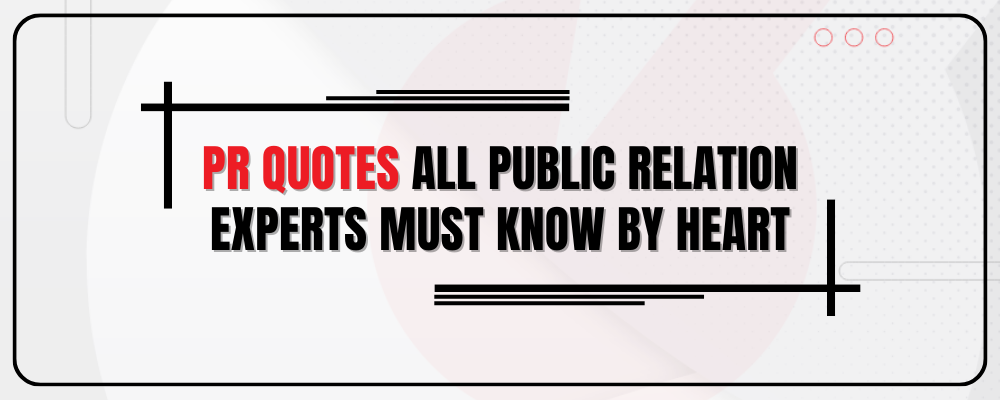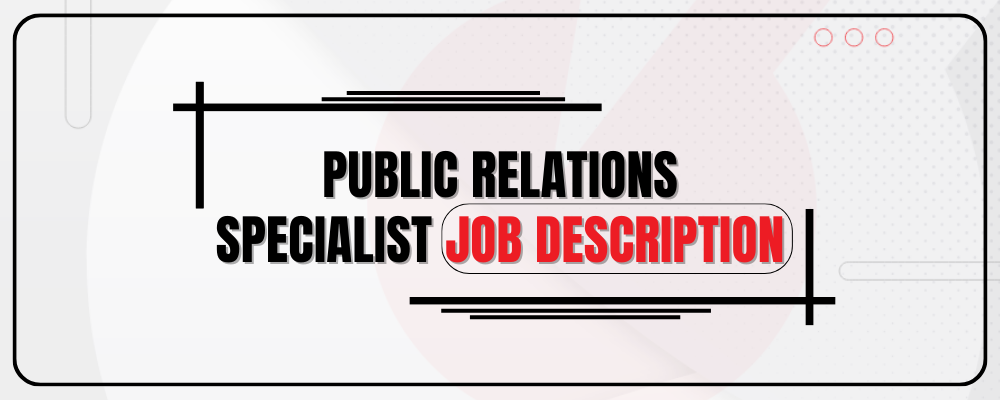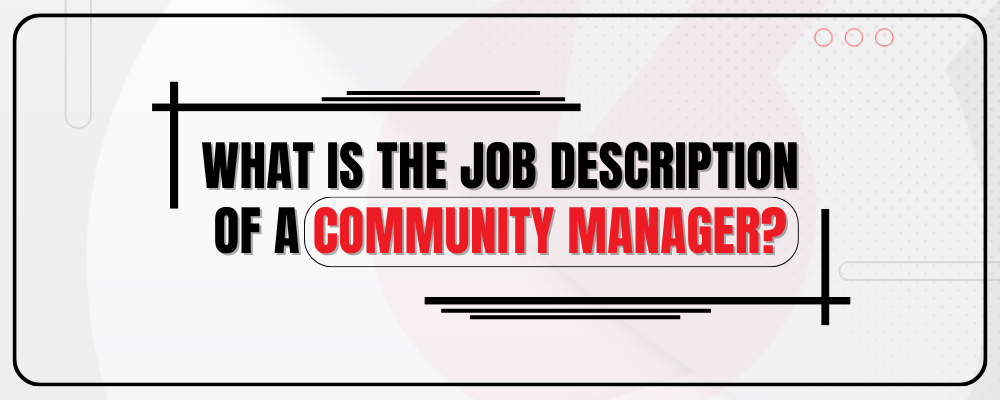Getting featured in a magazine can provide exposure and credibility for individuals or businesses. Whether you’re an artist, entrepreneur, or expert in your field, being showcased in a magazine can open doors to new opportunities.
In this guide, we’ll walk you through a comprehensive step-by-step process to increase your chances of getting featured.
1. Understand Your Audience and Goals
Before pursuing magazine features, thoroughly understand your target audience and define your goals.
Knowing the demographics, interests, and preferences of your audience will help you tailor your pitch to align with the magazine’s readership.
Clearly define what you aim to achieve through the feature—whether it’s brand awareness, thought leadership, or showcasing a product or service.
2. Research Relevant Magazines
Identify magazines that align with your niche or industry. Consider both print and digital publications, as the online presence of magazines has become increasingly influential.
Look for publications that regularly feature content similar to what you offer. Investigate the magazine’s tone, style, and themes to ensure compatibility with your brand or message.
3. Build Your Online Presence
Magazines often seek individuals or brands with a strong online presence.
Establish and optimize your website, ensuring it reflects your brand identity, showcases your achievements, and provides relevant information.
Actively engage in social media to build a following and demonstrate your expertise within your niche.
4. Create Compelling Content
Before reaching out to magazines, create high-quality content that showcases your expertise, creativity, or unique perspective.
This could include blog posts, articles, case studies, or multimedia content.
Magazines are more likely to feature individuals or brands that can offer valuable and well-crafted content to their readers.
5. Develop a Unique Story or Angle
Craft a unique and compelling story or angle that sets you apart. Magazines are always on the lookout for fresh, interesting narratives.
Whether it’s a personal journey, a unique business model, or an innovative product, having a distinctive story increases your chances of being noticed.
6. Build Relationships with Journalists and Editors
Establishing relationships with journalists and editors is crucial. Follow them on social media, engage with their content, and participate in industry discussions.
Networking at industry events and reaching out through professional platforms like LinkedIn can also help build connections. Personalized interactions increase the likelihood of your pitch being considered.
7. Study Submission Guidelines
Every magazine has specific submission guidelines. Before reaching out, thoroughly study these guidelines to understand the preferred format, word count, and submission process.
Adhering to these guidelines demonstrates professionalism and increases the chances of your submission being reviewed.
8. Craft a Persuasive Pitch
Your pitch should be concise, compelling, and tailored to the magazine’s audience. Clearly articulate why you or your story would be of interest to their readers.
Include a catchy headline, a brief introduction, the main points of your story, and a call to action. Personalize each pitch to address the specific magazine and editor.
9. Create a Media Kit
A media kit provides editors with a comprehensive overview of who you are or what your brand represents.
Include a well-written bio, high-resolution images, relevant press releases, and any notable achievements or awards.
A visually appealing and informative media kit simplifies the editor’s decision-making process.
10. Leverage Your Network
Utilize your professional network to secure introductions or recommendations.
A referral from someone within the industry or a mutual connection can significantly enhance your credibility and increase the likelihood of your pitch being considered.
11. Offer Exclusive Content or Interviews
Magazines are often interested in exclusive content or interviews that haven’t been featured elsewhere.
Highlight the exclusivity of your content in your pitch, emphasizing that it will provide unique value to their readers.
12. Follow Up Professionally
After submitting your pitch, follow up professionally. Give the editors some time to review, and if you haven’t received a response within the specified timeframe, send a polite follow-up email.
Express your continued interest and inquire about the status of your submission.
13. Be Prepared for Rejection
Rejection is a part of the process. If your pitch is declined, don’t be discouraged. Instead, seek feedback if possible, and use it to refine your approach for future pitches.
14. Consider Paid Opportunities
Some magazines offer paid opportunities for features or sponsored content. While this may not be suitable for everyone, it’s worth exploring if you have the budget and if the magazine’s audience aligns with your target market.
15. Engage in Thought Leadership
Position yourself or your brand as a thought leader within your industry. Contribute guest articles to reputable blogs, participate in podcasts, or speak at industry events.
Magazines often take notice of individuals or brands with a demonstrated expertise and a strong online presence.
FAQs
1. How do I determine which magazines are the best fit for my brand or story?
Research is key in identifying the most suitable magazines. Consider factors such as the magazine’s target audience, content themes, and industry relevance.
Look at past features and assess whether your brand or story aligns with their editorial style.
2. What should be included in a media kit, and how can it enhance my chances of getting featured?
A media kit should include a well-written bio, high-resolution images, relevant press releases, and notable achievements.
3. Is it necessary to have a strong online presence to get featured in a magazine?
While not mandatory, a strong online presence can significantly increase your chances of being featured.
Magazines often look for individuals or brands with a notable digital footprint. This includes an optimized website, active social media engagement, and the creation of valuable online content.
4. How long should my pitch be, and what elements should it include to capture an editor’s attention?
A pitch should be concise and compelling, typically ranging from 200 to 400 words. Include a catchy headline, a brief introduction, the main points of your story, and a call to action.
5. What should I do if my pitch gets rejected, and how can I use rejection as a learning opportunity?
Rejection is common in the industry, and it’s essential not to be discouraged.
If your pitch is declined, consider seeking feedback to understand the reasons behind the decision. Use this feedback to refine your approach for future pitches.






